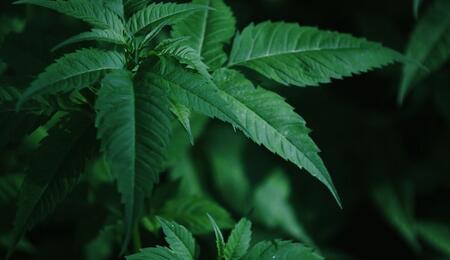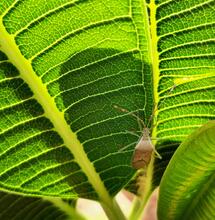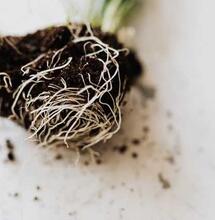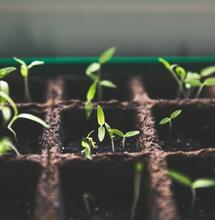Dealing With Cannabis Pests

Growing cannabis carries the same challenges as other gardens, particularly pests. It would be best if you were looking for hungry bugs that will infest or even destroy your plants. Here we review the most common cannabis pests, how to identify them, and how to prevent or get rid of them.
Spider Mites
Identifying Spider Mites
The most obvious sign you’ve got spider mites are the silky, light webs they spin between leaves. Spider mites commonly live on the underside of leaves in the dry and shade. They feed by puncturing the leaf surface to feast on the liquid inside, leaving yellow spots where the plant has been drained. They are only about 1mm long, so it’s easy to miss them if you don’t look closely.
Problems Caused by Spider Mites
An excessive amount of spider mites can cause significant damage to your cannabis plant. Their webs are also very sticky and difficult to remove, which could result in an impure harvest and a non-usable product.
Dealing With Spider Mites
Avoid spider mites by ensuring completely sanitary conditions in your grow room and sanitizing yourself before you enter the room. Always wash hands and wear clean clothes before entering an indoor grow area.
Suppose spider mites are an issue. You can try blasting them off with a high-powered hose, though it’s best not to do this during the flowering stage. Neem oil is the next most straightforward solution. Neem oil is an organic bio-pesticide, safe for use on vegetables and flowering plants. Repeat the cleaning process over several days to kill off mites and eggs. You can try introducing a predatory mite like phytoseiulus mites, which prey on spider mites.
Aphids
Identifying Aphids
Aphids are tiny, yellow-winged insects on the underside of cannabis leaves. Their faeces show as a glossy residue that will appear like shiny freckles on leaves. Like Spider Mites, they consume nutrients resulting in yellow and wilted leaves. Spider Mites reproduce quickly, with females birthing as often as 12 times per day so that infestations can happen soon.
Problems Caused by Aphids
Their faeces is a sugar-rich secretion that attracts ants. Some ants cultivate colonies of aphids to harvest this secretion, and it will attract other pests. They can also introduce viruses from nearby plants, which may stunt growth or slow the production of flowers.
Dealing With Aphids
You can try the methods suggested for Aphids. Soak tomato leaves, garlic, and mineral oil in water for one day to make the solution. Then strain the mixture then apply it to a tiny area of the plant. If the leaves are yellow after application, dilute the key and try again. Alternatively, beneficial pests like ladybugs or parasitic wasps can help speed the process with garlic or tomato leaf water.
Fungus Gnats
Identifying Fungus Gnats
Fungus gnats resemble tiny flies found in or flying around the soil where they feed on the fungus living in the growing medium and are 3-5mm in size. The females lay their eggs in the first few inches of moist topsoil. You can commonly find larva in your water run-off.
Problems Caused by Fungus Gnats
Fungus gnats do not bother your leaves, but feeding on the fungus in the soil will reach your plant’s roots and cause damage there. Mature cannabis plants may be strong enough to withstand a few fungus gnats. Still, fungus gnats can be very problematic if the plant is young or has other compromising health factors. They may also introduce pythium to your plants which can be very harmful.
Dealing With Fungus Gnats
Fungus gnats need moist soil to reproduce successfully. Try to keep the top layer of soil as dry as possible. Flypaper is another standard solution. Remember to keep it low near the ground rather than hanging it high among the leaves. Keep a clean room and keep windows shut or adequately sealed.
Extra Pest Control Measures
Neem oil is commonly used to help avoid pests when growing cannabis. Neem oil is an organic, non-toxic pesticide suitable for cannabis and vegetables.
Insecticidal soaps are helpful too. However, they may harm any beneficial insects.
Beneficial bugs are another good organic solution. They will feast on other bugs, eggs, and larvae and slow the spread of harmful infestations, making them more manageable to eradicate, if not prevent, altogether.
After all the time, money and effort that goes into growing cannabis, it would be a shame to watch your yields be obliterated by pesky garden pests. Stop them from overtaking your grow room with these simple tips.



.png)


